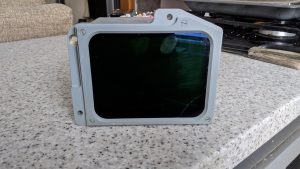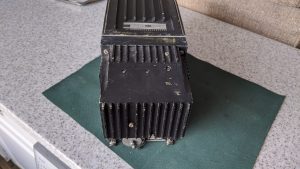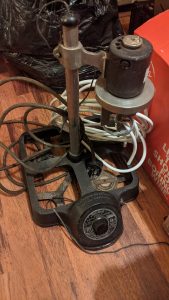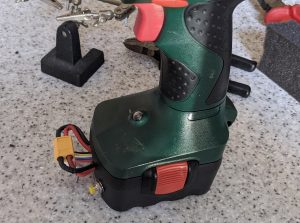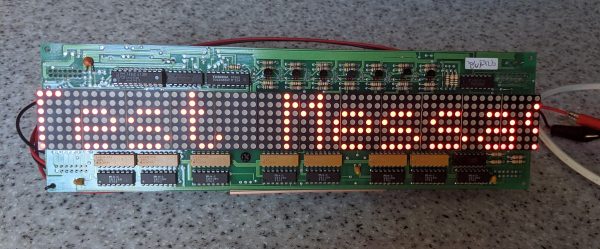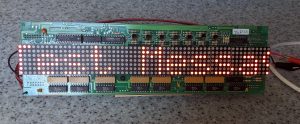There are a lot of parts from the RAF Tornado on eBay due to them being retired from service back in 2019. I did a teardown on one of the avionics boxes on one of my previous posts which revealed lots of 1970’s silicon tech. Not very impressive by today’s standards but pretty cool to pull apart and see what an aircraft’s avionics consists of. The box itself would make a great chassis to build a bench power supply into once I pull out all the old electronics. Boxes full of 1970’s era electronics were still in use in 2019 although some of the aircraft’s systems were upgraded at some point such as replacing the cockpit displays with colour LCD’s.
Which brings me on to this item. What this appears to be is a bearing indicator going by the description on the back. This is the display for the Radar Warning Receiver system which shows which direction incoming missiles are coming from so the pilot can release countermeasures and avoid being hit. Many thanks to the curator of BAE Systems’ Rochester Avionics Archive for help in identifying this item. BAE didn’t make the display as the radar division of Marconi who made this wasn’t absorbed into BAE systems. It is a green screen CRT with no video processing circuitry inside the box at all so no composite video input. All the circuit boards consist of is an X deflection board, a Y deflection board both of which appear to be identical and a beam control PCB. The EHT and other high voltage is produced by a module in the top part of the chassis.
